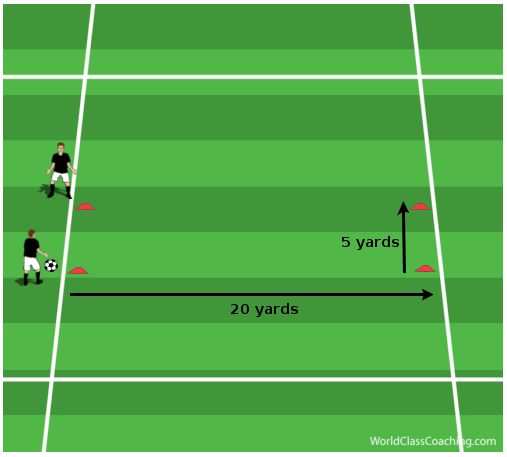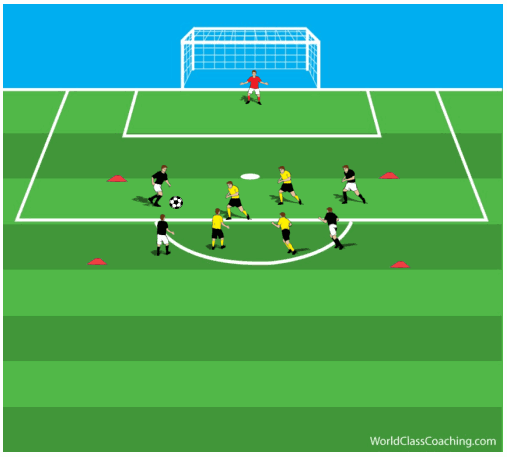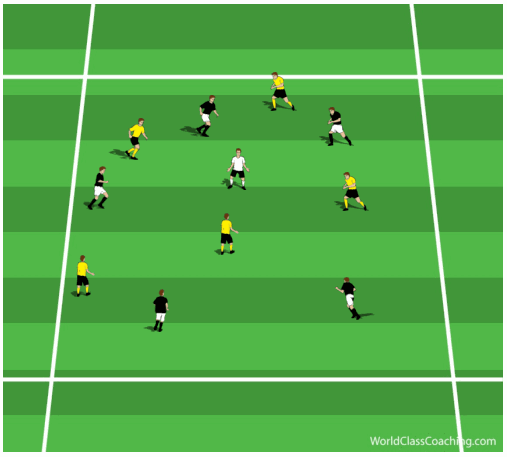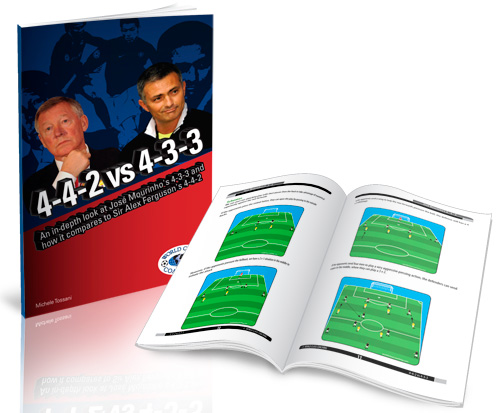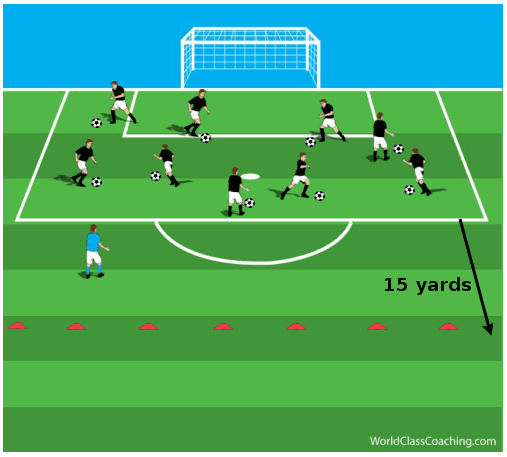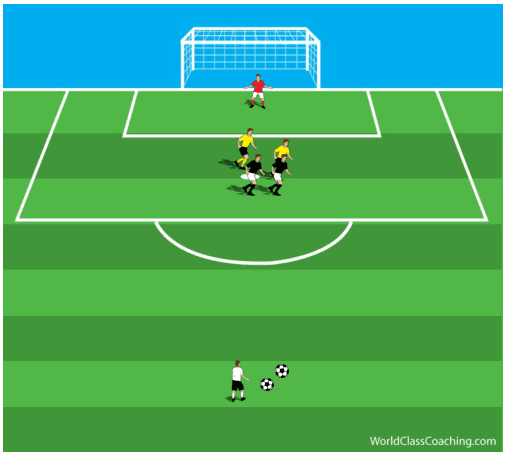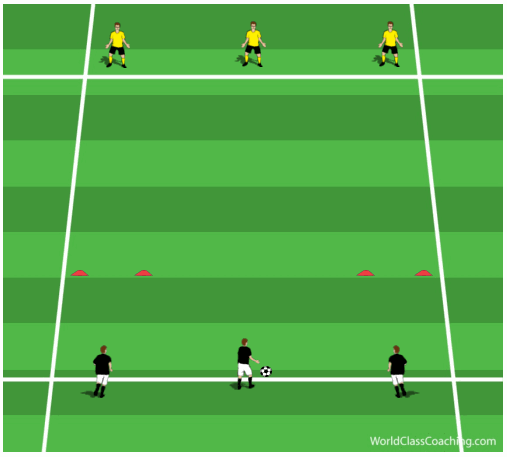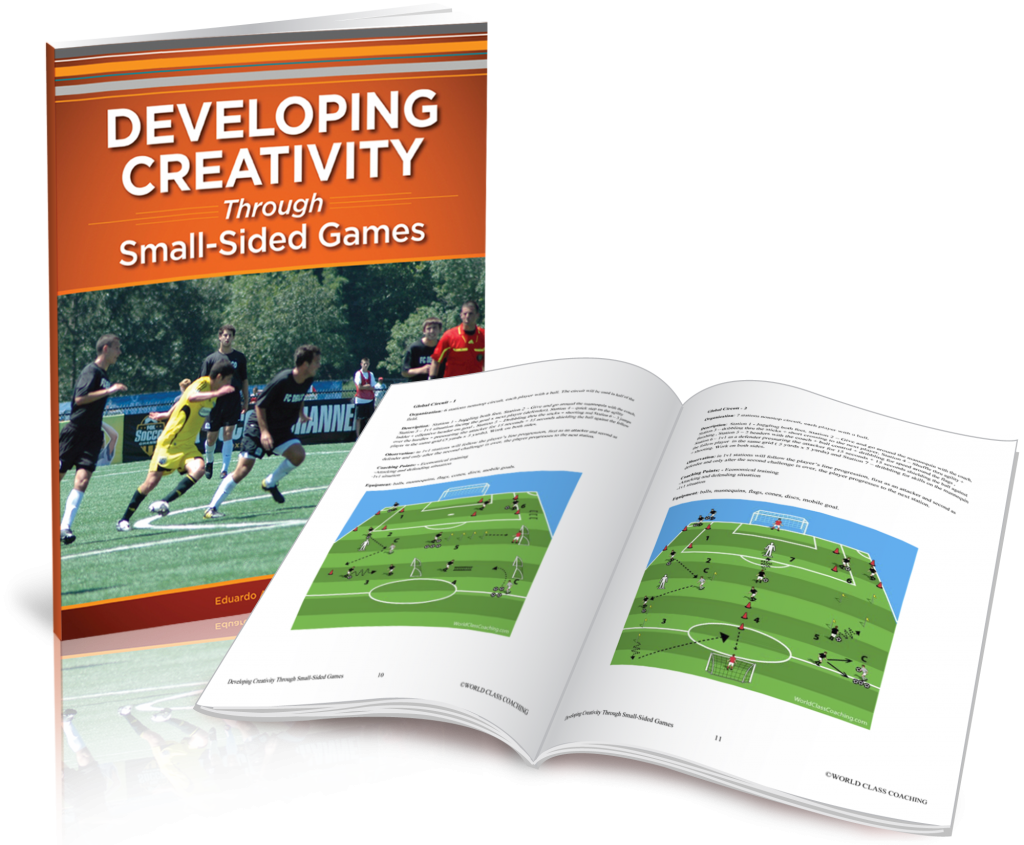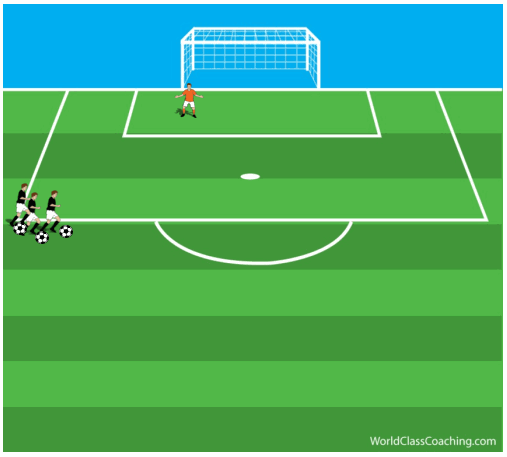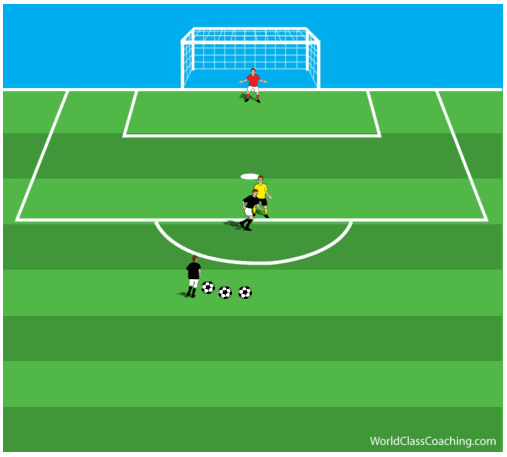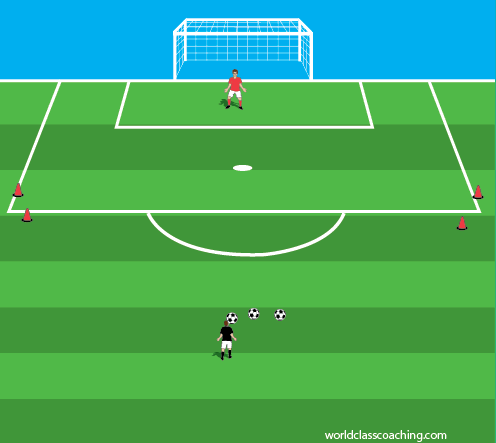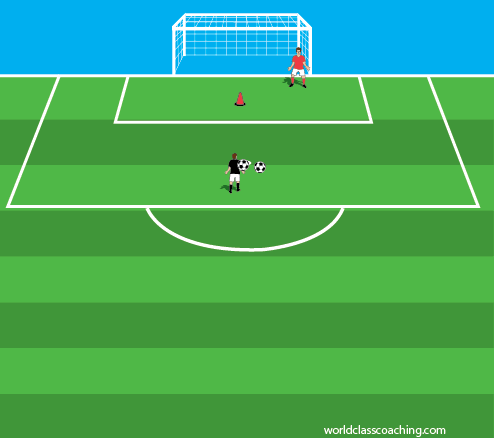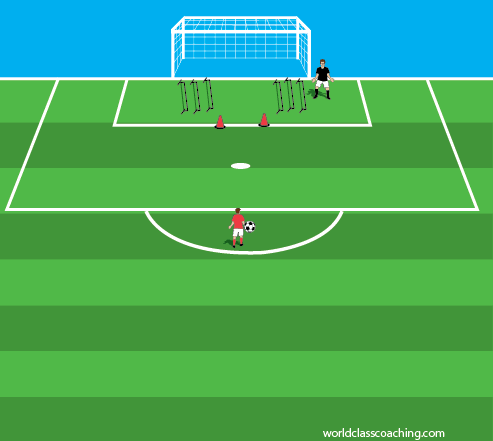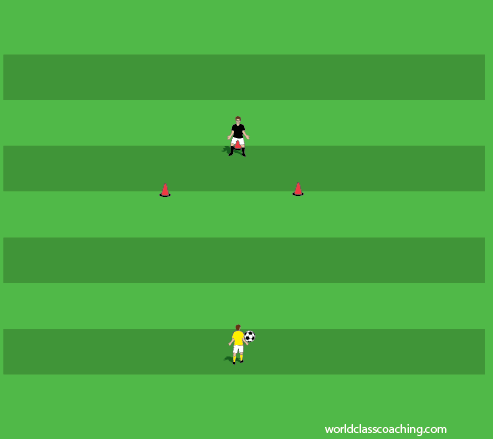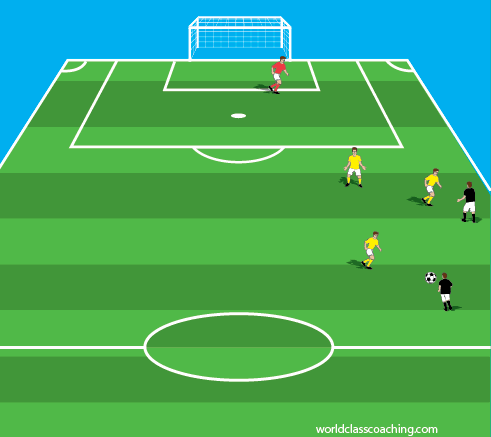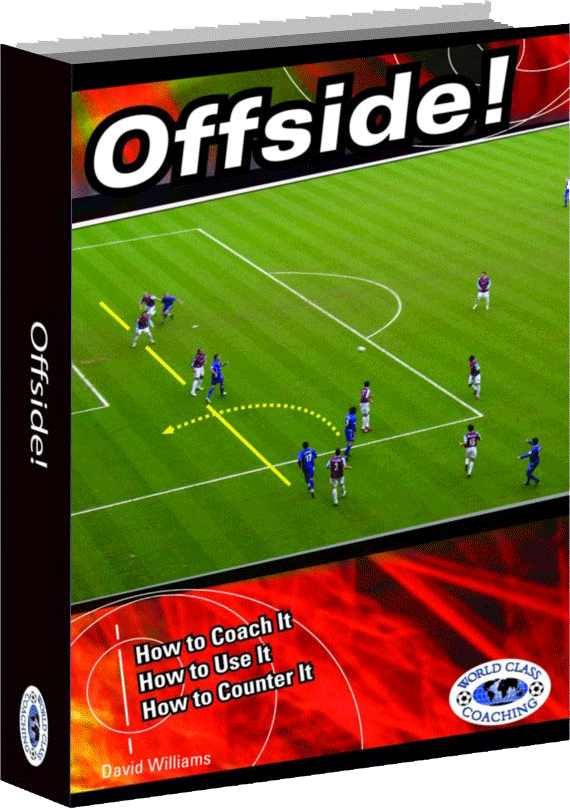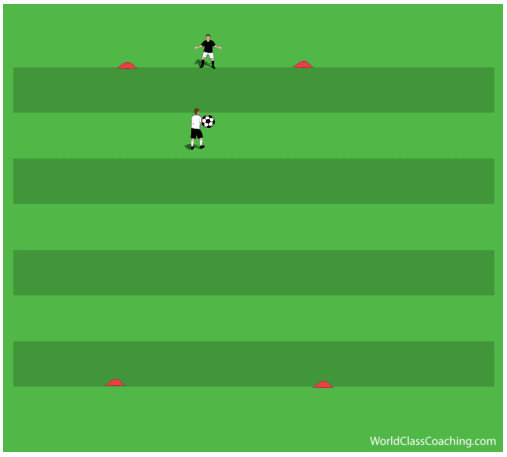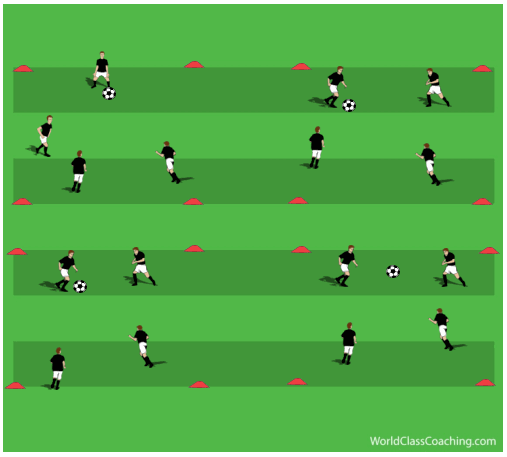Finishing from Volleys and Headers
I've always had a standing challenge to my teams (U13 and below), if they score a headed goal, I buy ice cream for the next practice. It's been a way to encourage the players to try and score with their head if they can. This has been most successful with the girls teams I have coached. The extra incentive has become something that the team rallies around.
After spending a few weeks working on our combination play to score we played very well in our next games. Two of our three goals came from combinations in the middle of the field.
Another area that I've wanted to address
Continue reading

